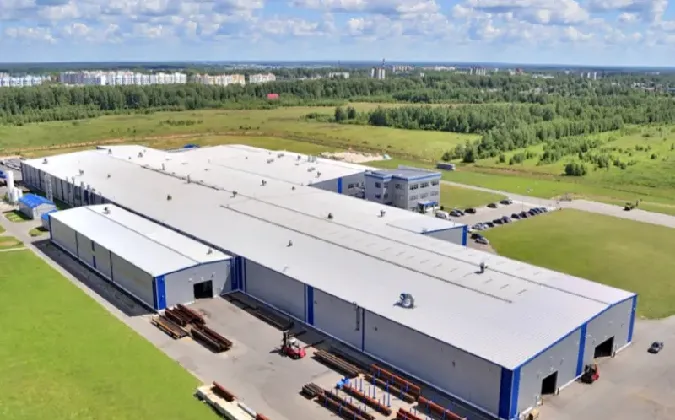- Afrikaans
- Albanian
- Amharic
- Arabic
- Armenian
- Azerbaijani
- Basque
- Belarusian
- Bengali
- Bosnian
- Bulgarian
- Catalan
- Cebuano
- Corsican
- Croatian
- Czech
- Danish
- Dutch
- English
- Esperanto
- Estonian
- Finnish
- French
- Frisian
- Galician
- Georgian
- German
- Greek
- Gujarati
- Haitian Creole
- hausa
- hawaiian
- Hebrew
- Hindi
- Miao
- Hungarian
- Icelandic
- igbo
- Indonesian
- irish
- Italian
- Japanese
- Javanese
- Kannada
- kazakh
- Khmer
- Rwandese
- Korean
- Kurdish
- Kyrgyz
- Lao
- Latin
- Latvian
- Lithuanian
- Luxembourgish
- Macedonian
- Malgashi
- Malay
- Malayalam
- Maltese
- Maori
- Marathi
- Mongolian
- Myanmar
- Nepali
- Norwegian
- Norwegian
- Occitan
- Pashto
- Persian
- Polish
- Portuguese
- Punjabi
- Romanian
- Russian
- Samoan
- Scottish Gaelic
- Serbian
- Sesotho
- Shona
- Sindhi
- Sinhala
- Slovak
- Slovenian
- Somali
- Spanish
- Sundanese
- Swahili
- Swedish
- Tagalog
- Tajik
- Tamil
- Tatar
- Telugu
- Thai
- Turkish
- Turkmen
- Ukrainian
- Urdu
- Uighur
- Uzbek
- Vietnamese
- Welsh
- Bantu
- Yiddish
- Yoruba
- Zulu
Oct . 11, 2024 10:43 Back to list
The Evolution of Airline Hangars A Testament to Innovation and Safety
Airline hangars are essential structures that play a vital role in the aviation industry. These large buildings provide shelter for aircraft when they are not in use, offering protection from harsh weather conditions and facilitating maintenance and repairs. As air travel has evolved, so too have the designs and functions of airline hangars, reflecting technological advancements and growing industry needs.
Historically, the concept of a hangar can be traced back to the early 20th century when aviation was in its infancy. The first hangars were simple structures, often built from wood, designed merely to keep aircraft out of the elements. However, as the industry grew, the complexity of aircraft increased, necessitating more sophisticated facilities. The introduction of metal frames and later, reinforced concrete, allowed for larger, more durable hangars that could accommodate a diverse range of aircraft sizes and types.
The Evolution of Airline Hangars A Testament to Innovation and Safety
Moreover, environmental considerations have emerged as a significant focus in recent hangar developments. With the growing awareness of climate change, many airports are investing in sustainable hangar designs. This includes using solar panels to power operations, capturing rainwater for use, and employing energy-efficient materials. Such initiatives not only minimize the carbon footprint of airport operations but also promote a greener future for the aviation industry.
airline hanger

In addition to technological and environmental advancements, the role of airline hangars in safety cannot be overstated. They serve as secure locations for maintenance checks and repairs, ensuring that aircraft are in optimal condition before taking to the skies. Regular inspections and servicing conducted within these facilities are critical to maintaining safety standards and preventing potential in-flight issues.
Moreover, hangars often serve a dual purpose, acting as a staging area for flight crews and ground personnel. This integration of services enhances communication and coordination efforts, fostering a collaborative environment that is essential for operational efficiency.
As the aviation industry continues to expand, the future of airline hangars looks promising. With the rise of electric and autonomous aircraft, new hangar designs will need to accommodate these innovations. Additionally, integrating advanced technology such as augmented reality for maintenance training and inventory management systems will likely become commonplace.
In conclusion, airline hangars are more than just storage buildings; they are a symbol of the aviation industry's advancement, safety, and commitment to innovation. As air travel evolves, so too will the hangars, embodying the spirit of progress that has characterized aviation from its inception. The journey of hangars reflects a story of resilience, adaptation, and a vision for a sustainable future.
-
Steel Frame Modular Construction for Housing
NewsAug.07,2025
-
Steel Construction Factory Processes
NewsAug.07,2025
-
Portal Frame Shed for Sale: Delivery Options
NewsAug.07,2025
-
Metal Workshops for Sale: Insulation Solutions
NewsAug.07,2025
-
Metal Steel Building Manufacturers: Post-Construction Services
NewsAug.07,2025
-
Metal Garage Shed Kits: Size Options
NewsAug.07,2025
Products categories
Our Latest News
We have a professional design team and an excellent production and construction team.












